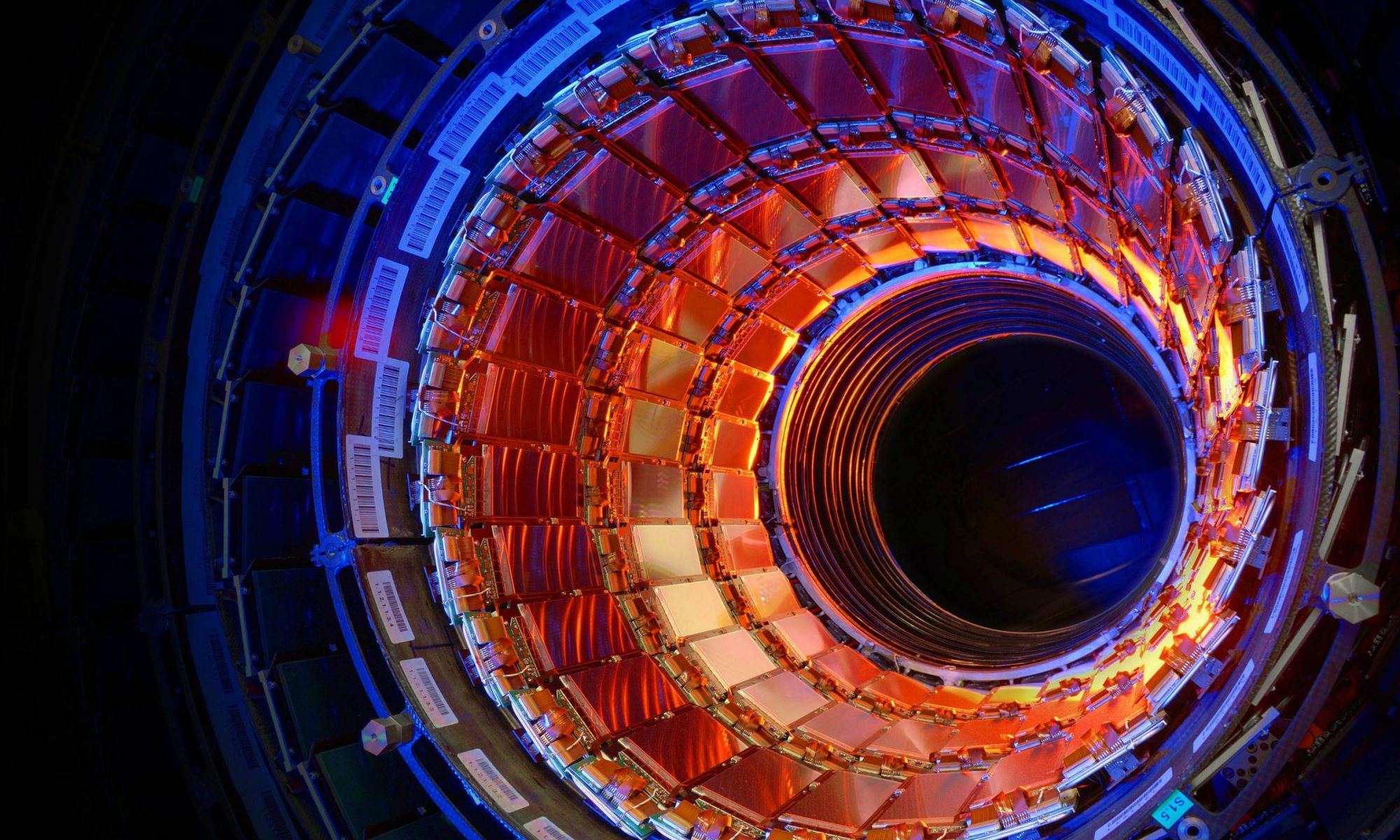The Large Hadron Collider (LHC) is getting a big boost to its performance. Unfortunately, for fans of ground-breaking physics, the whole thing has to be shut down for two years while the work is done. But once it’s back up and running, its enhanced capabilities will make it even more powerful.
Continue reading “The Large Hadron Collider has been Shut Down, and Will Stay Down for Two Years While they Perform Major Upgrades”
A Meteor may have Exploded in the Air 3,700 Years Ago, Obliterating Communities Near the Dead Sea
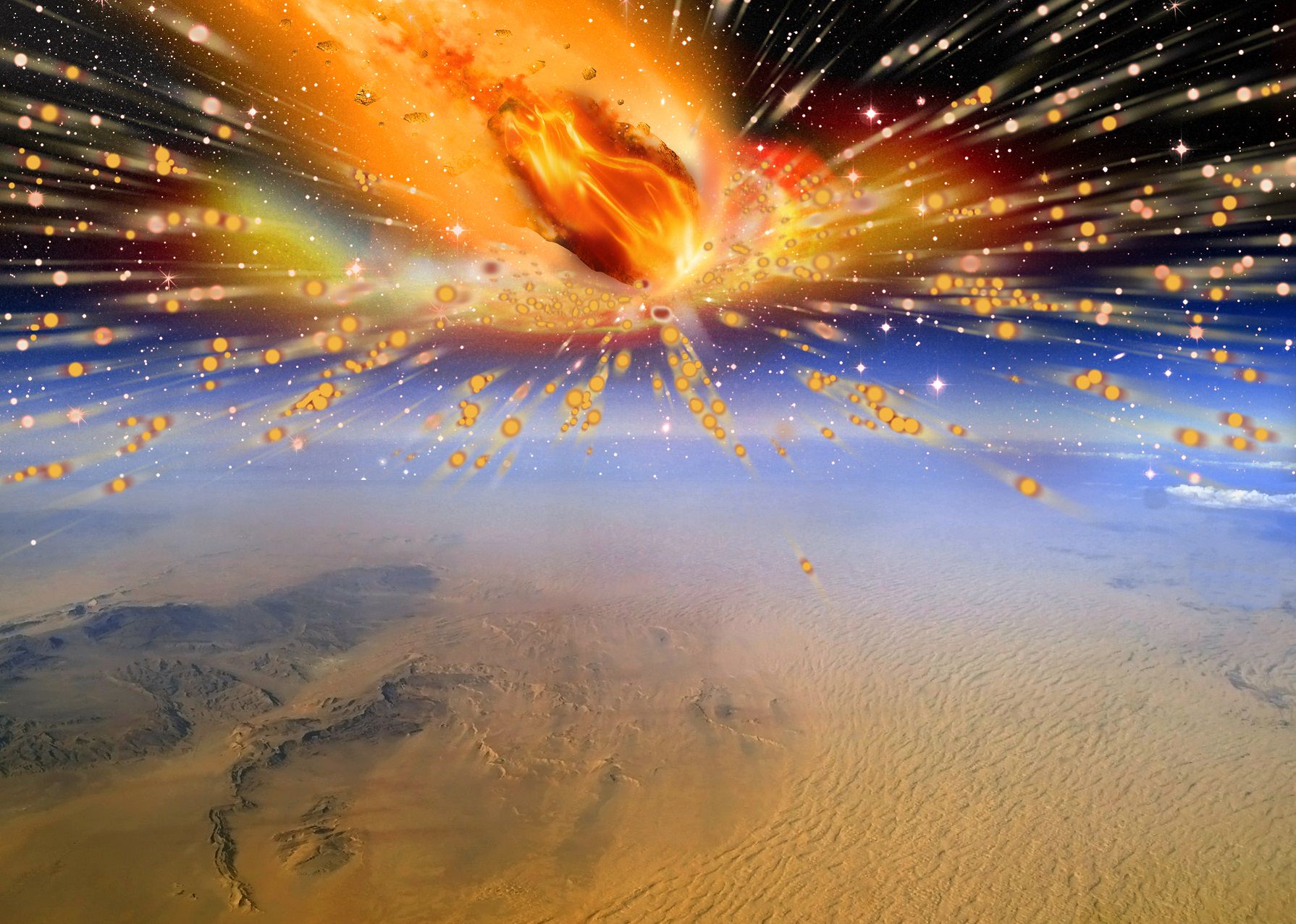
A meteor that exploded in the air near the Dead Sea 3,700 years ago may have wiped out communities, killed tens of thousands of people, and provided the kernel of truth to an old Bible story. The area is in modern-day Jordan, in a 25 km wide circular plain called Middle Ghor. Most of the evidence for this event comes from archaeological evidence excavated at the Bronze Age city of Tall el-Hammam located in that area, which some scholars say is the city of Sodom from the Bible.
OSIRIS-REx has Finally Caught up with Asteroid Bennu. Let the Analysis and Sample Collection Commence!
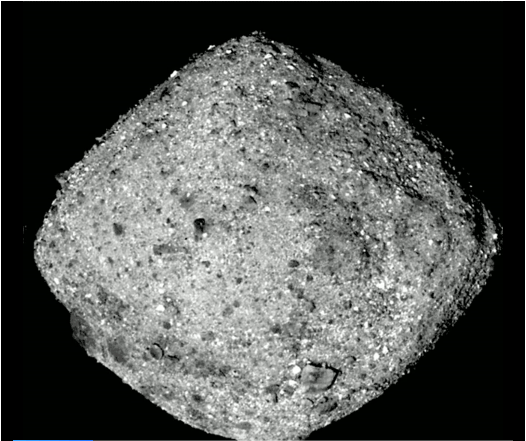
NASA’s OSIRIS-REx spacecraft has reached its destination and is now in orbit around asteroid Bennu. The spacecraft travelled for over two years and covered more than 2 billion kms. It will spend a year in orbit, surveying the surface of the Potentially Hazardous Object (PHO) before settling on a location for the key phase of its mission: a sample return to Earth.
A New Atomic Clock has been Built that Would be off by Less than a Second Since the Big Bang
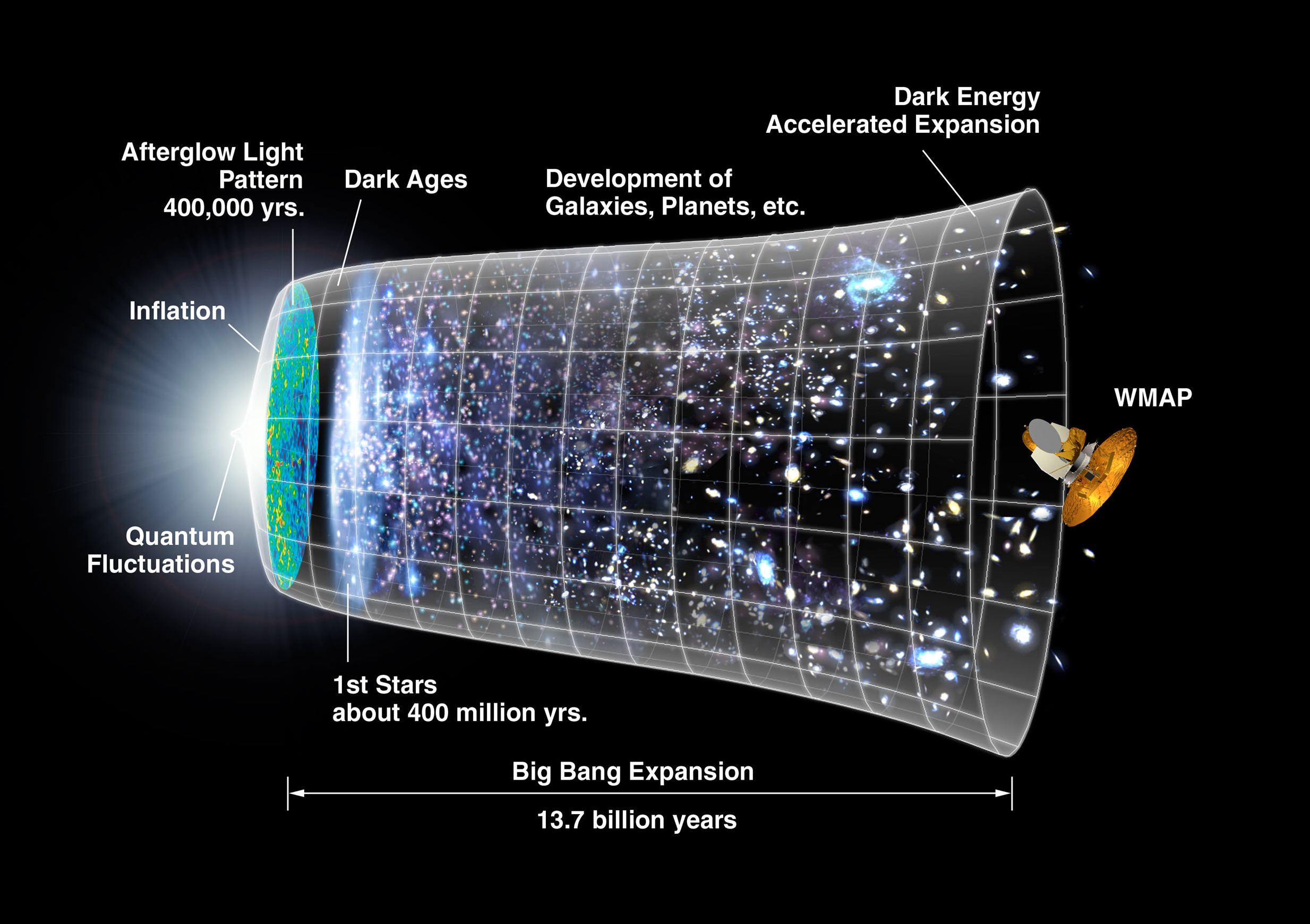
Physicists have developed an atomic clock so accurate that it would be off by less than a single second in 14 billion years. That kind of accuracy and precision makes it more than just a timepiece. It’s a powerful scientific instrument that could measure gravitational waves, take the measure of the Earth’s gravitational shape, and maybe even detect dark matter.
How did they do it?
Antibiotic Resistant Bacteria has been Found on the Space Station’s Toilet
NASA keeps a close eye on the bacteria inhabiting the International Space Station with a program called the Microbial Observatory (M.O.) The ISS is home to a variety of microbes, some of which pose a threat to the health of astronauts. As part of their monitoring, the M.O. has discovered antibiotic resistant bacteria on the toilet seat on the ISS.
Continue reading “Antibiotic Resistant Bacteria has been Found on the Space Station’s Toilet”
Now that TESS is Operational, Astronomers Estimate it’ll Find 14,000 Planets. 10 Could Be Earthlike Worlds in a Sunlike Star’s Habitable Zone

How many exoplanets are there? Not that long ago, we didn’t know if there were any. Then we detected a few around pulsars. Then the Kepler spacecraft was launched and it discovered a couple thousand more. Now NASA’s TESS (Transiting Exoplanet Survey Satellite) is operational, and a new study predicts its findings.
We Have the Technology. Airplanes Could Spray Particles into the Atmosphere to Battle Climate Change. But Should We?

If climate change models are correct, humanity is working itself—and dragging the rest of life on Earth with it—into a corner. Scientific pleas to control emissions and battle climate change are starting to have some effect, but not enough. So now we have some tough decisions looming.
Hubble’s First Picture After Returning to Service. The Telescope is Fully Operational Again with Three Working Gyros

The Hubble Space Telescope is a hero in the astronomy world. And when it suffered a malfunctioning gyro on October 5th, it took a heroic effort on the part of the Hubble team to get it working again. Now we have Hubble’s first picture after its return to service.
Continue reading “Hubble’s First Picture After Returning to Service. The Telescope is Fully Operational Again with Three Working Gyros”
Some of the Stars in this Cluster are Almost as Old as the Universe Itself While Others Formed in a Second Generation. It Looks Young and Old at the Same Time
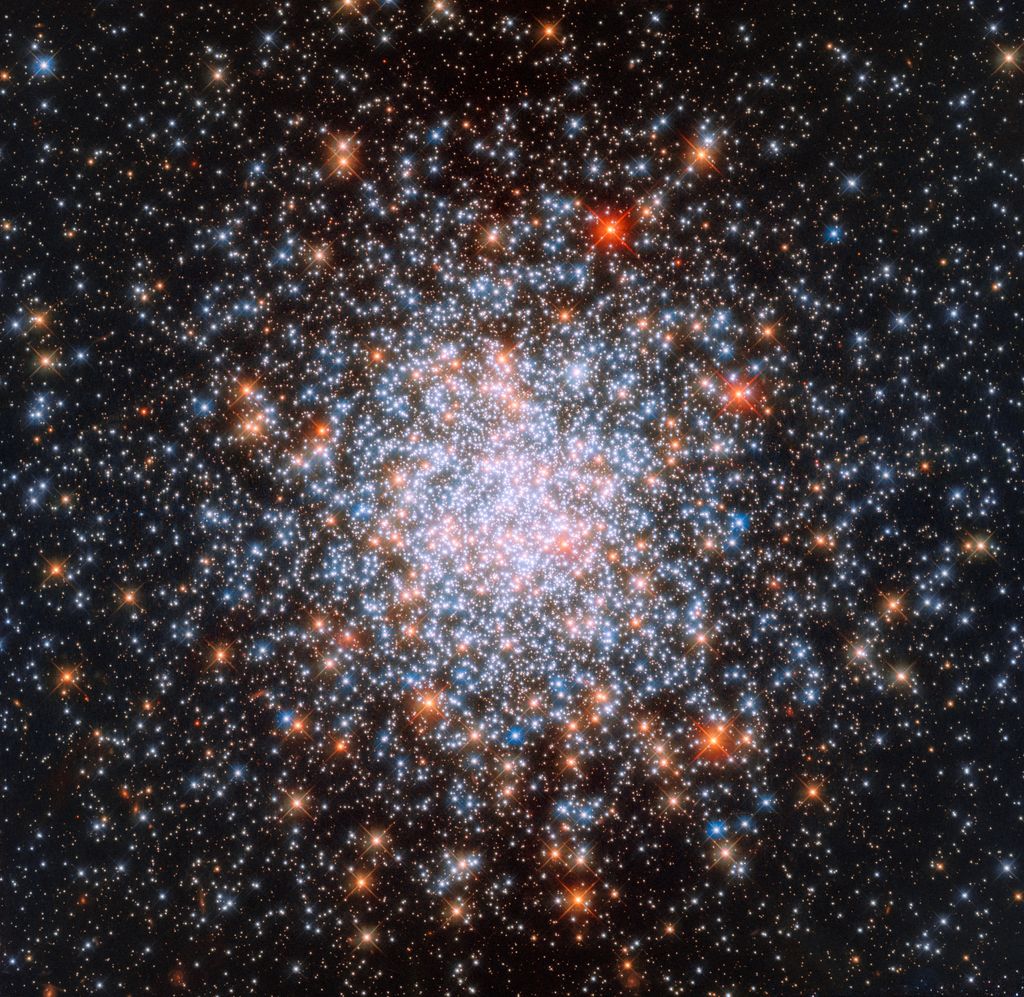
Star clusters are not rare. They’re one of the most common arrangements of stars in the Universe. But star cluster NGC 1866, as seen in this image from Hubble, is different than its brethren. Most clusters are populated by stars the same age, BUT NGC 1866 is like an all-ages club.
Continue reading “Some of the Stars in this Cluster are Almost as Old as the Universe Itself While Others Formed in a Second Generation. It Looks Young and Old at the Same Time”
Europe’s Vision of a Future Moon Base. Made out of Moon Dust.

We all know that the time is past due for a Moon base. But the cost of sending everything needed from Earth to build a base is prohibitive. Earth’s gravity well is too deep and too strong to get everything there with rockets. So what’s the solution?
Continue reading “Europe’s Vision of a Future Moon Base. Made out of Moon Dust.”

